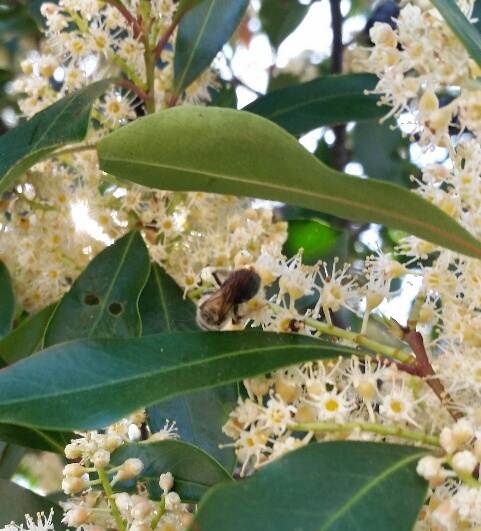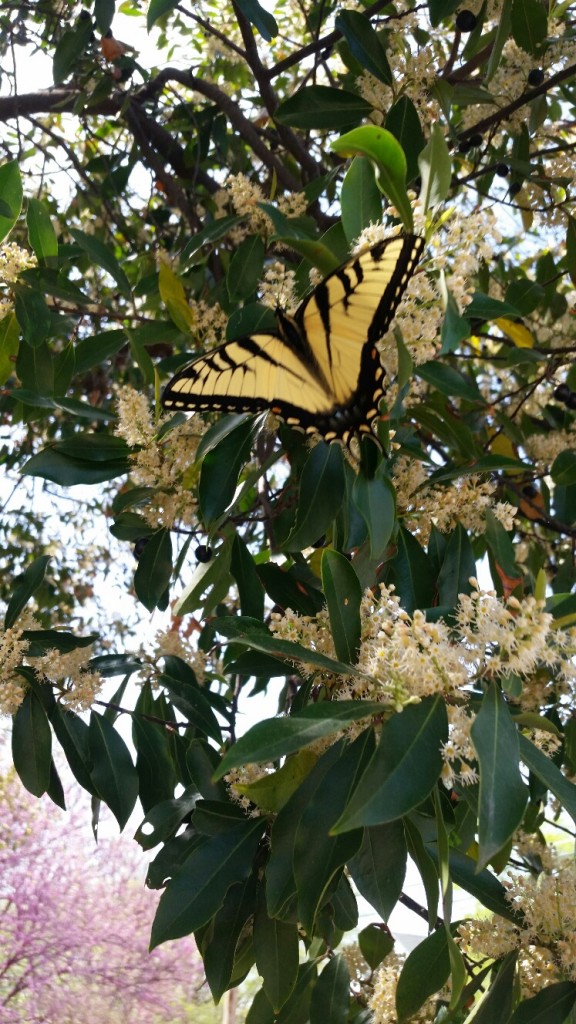Don’t forget the trees when caring for bees
Categories: Disease and Insects Landscape Design and Installation Trees and shrubs
Concerns (very valid) over the declining numbers of bees seem to be creating an increasing interest from gardeners in planting species that attract and support pollinators. This is an encouraging development for at least three reasons: One, it’s a good plan and the pollinators will indeed benefit. Two is diversity in the landscape, as in life in general, is a good thing. And three, attention to this issue can help us as a society understand that our individual actions, no matter how small they may seem, can make a difference.
Trees are often overlooked as important pollen and nectar sources. Since most trees flower well above the eye level of the average person, it is easy to forget about them as being important. Trees are great supporters for several reasons; as they mature, each tree can have thousands of flowers, once a tree is planted it is likely there for years, and trees are not considered weeds as are many other bee plants, i.e., they are less likely to be removed with mowers or herbicide applications.
Today’s post was inspired by sitting under a nice Carolina cherry laurel tree during lunch earlier this week. It was alive with insect activity. This old tree is located adjacent to the Sheerar Museum in Stillwater at 7th and Duncan. It’s in full bloom now, stop by and have a look (and listen) if you get a chance. This tree will also be featured in another article one of these days as it’s a bit of an oddity. According to the literature, it should not be able to survive long-term where it’s growing.
Many of our common landscape plants benefit pollinators. Shrubs include blackberries, blueberries (tough to grow here but it can be done), butterfly bush, crapemyrtle, inkberry, hollies, Mexican sage, nandina, privet, sand plums, sumac, and vitex.
Trees that favor pollinators for either their pollen or nectar (or both) include American holly, black locust, elm, fruit trees (all), Korean evodia, persimmon, red bud, and willow.
If you are inspired to go plant a tree or three to save the bees, just remember to wait until fall for the best chance at success. Trees planted now really struggle to get through the summer without a well-established root system. Your trees will be better off in the long run if you dedicate your efforts this spring and summer to eliminating the bermudagrass from the tree planting area. This vigorous grass is an underrated yet significant competitor for water and nutrients. Eliminating the bermuda will also lessen the chances of mower or weed trimmer damage, one of the most common causes of early tree failure.


Leave a Reply